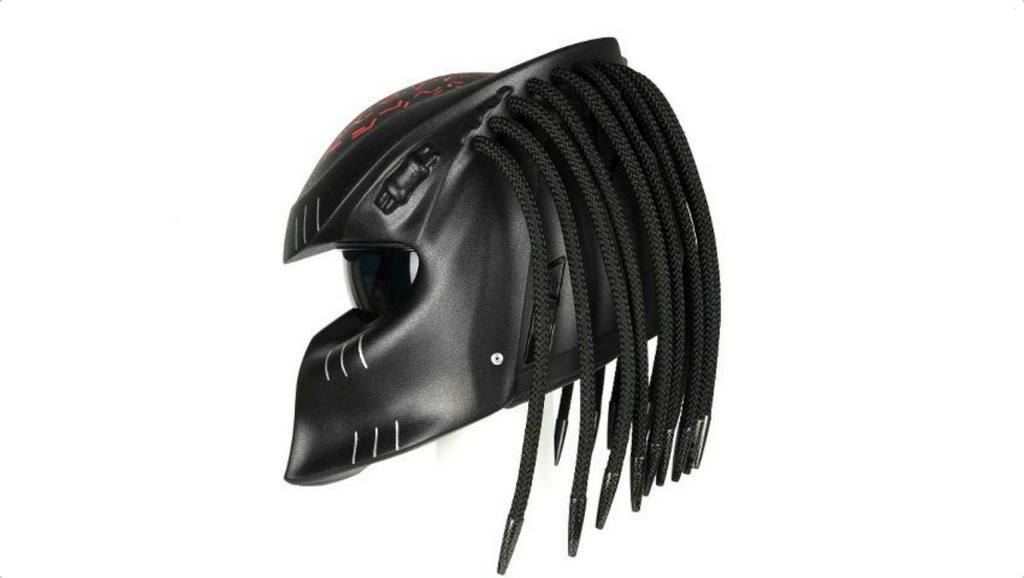

The brow opening of the helmet shall be at least 1 inch (2.5 cm) above all points in the basic plane that are within the angles of peripheral vision (see Figure 3). The vertex of these angles, shown in Figure 3, shall be at the point on the anterior surface of the reference headform at the intersection of the mid-sagittal and basic planes. The helmet shall provide peripheral vision clearance of at least 105° to each side of the mid-sagittal plane, when the helmet is adjusted as specified in S6.3. Each helmet shall have a protective surface of continuous contour at all points on or above the test line described in S6.2.3. S5.3.2 Where the retention system consists of components which can be independently fastened without securing the complete assembly, each such component shall independently meet the requirements of S5.3.1. (b) The adjustable portion of the retention system test device shall not move more than 1 inch (2.5 cm) measured between preliminary and test load positions. (a) The retention system or its components shall attain the loads specified without separation and

S5.3.1 When tested in accordance with S7.3: When a penetration test is conducted in accordance with S7.2, the striker shall not contact the surface of the test headform. (c) Accelerations in excess of 150g shall not exceed a cumulative duration of 4.0 milliseconds. (b) Accelerations in excess of 200g shall not exceed a cumulative duration of 2.0 milliseconds and (a) Peak accelerations shall not exceed 400g

When an impact attenuation test is conducted in accordance with S7.1, all of the following requirements shall be met: Each helmet shall meet the requirements of S5.1, S5.2, and S5.3 when subjected to any conditioning procedure specified in S6.4, and tested in accordance with S7.1, S7.2, and S7.3. Test headform means a test device contoured to the dimensions of one of the three headforms described in Table 2 and Figures 5 through 8 with surface markings indicating the locations of the basic, mid-sagittal, and reference planes. Retention system means the complete assembly by which the helmet is retained in position on the head during use.

Reference plane means a plane above and parallel to the basic plane on a reference headform or test headform (Figure 2) at the distance indicated in Table 2. Reference headform means a measuring device contoured to the dimensions of one of the three headforms described in Table 2 and Figures 5 through 8 with surface markings indicating the locations of the basic, mid-sagittal, and reference planes, and the centers of the external ear openings. Midsagittal plane means a longitudinal plane through the apex of a reference headform or test headform that is perpendicular to the basic plane (Figure 3). Impact site means the point on the helmet where the helmet shell first contacts the test anvil during the impact attenuation test. Helmet positioning index means the distance in inches, as specified by the manufacturer, from the lowest point of the brow opening at the lateral midpoint of the helmet to the basic plane of a reference headform, when the helmet is firmly and properly positioned on the reference headform. This standard applies to all helmets designed for use by motorcyclists and other motor vehicle users.īasic plane means a plane through the centers of the right and left external ear openings and the lower edge of the eye sockets (Figure 1) of a reference headform (Figure 2) or test headform.ĭiscrete size means a numerical value that corresponds to the diameter of an equivalent circle representing the helmet interior in inches (☐.25 inch) or to the circumference of the equivalent circle in centimeters (☐.64 centimeters). The purpose of this standard is to reduce deaths and injuries to motorcyclists and other motor vehicle users resulting from head impacts. This standard establishes minimum performance requirements for helmets designed for use by motorcyclists and other motor vehicle users.


 0 kommentar(er)
0 kommentar(er)
